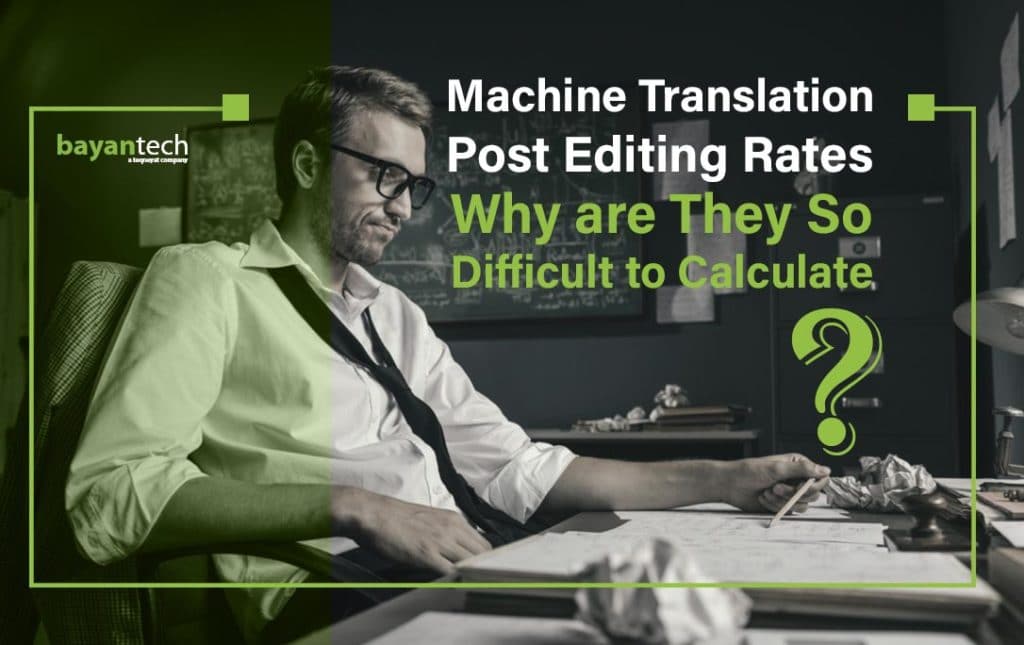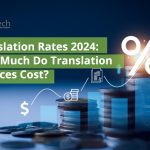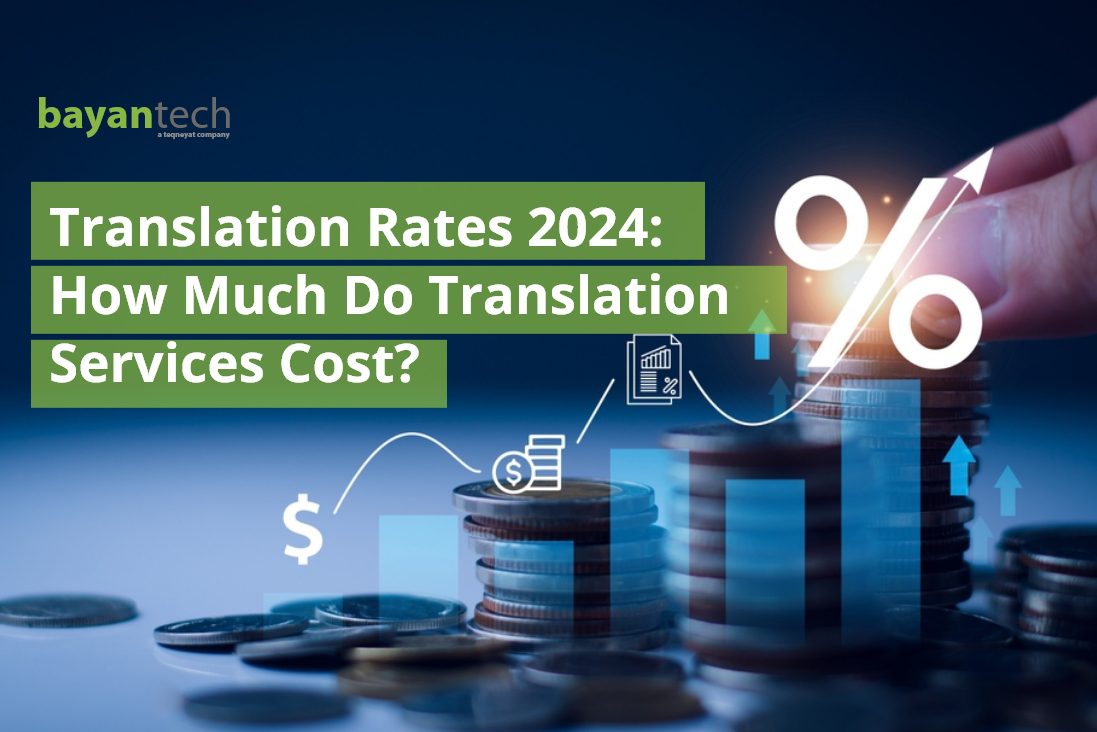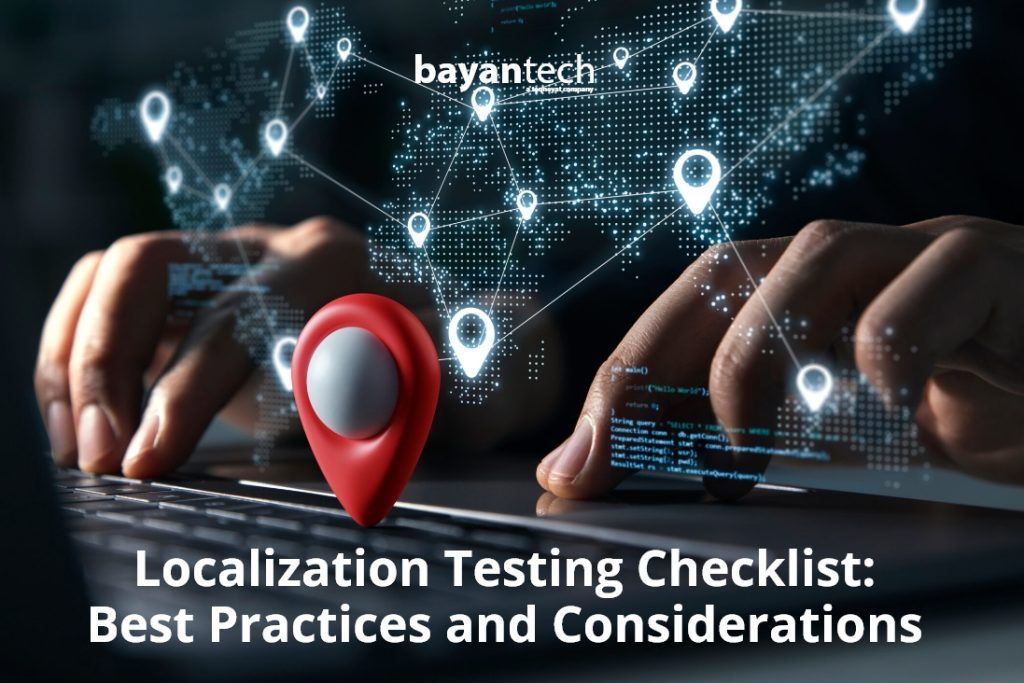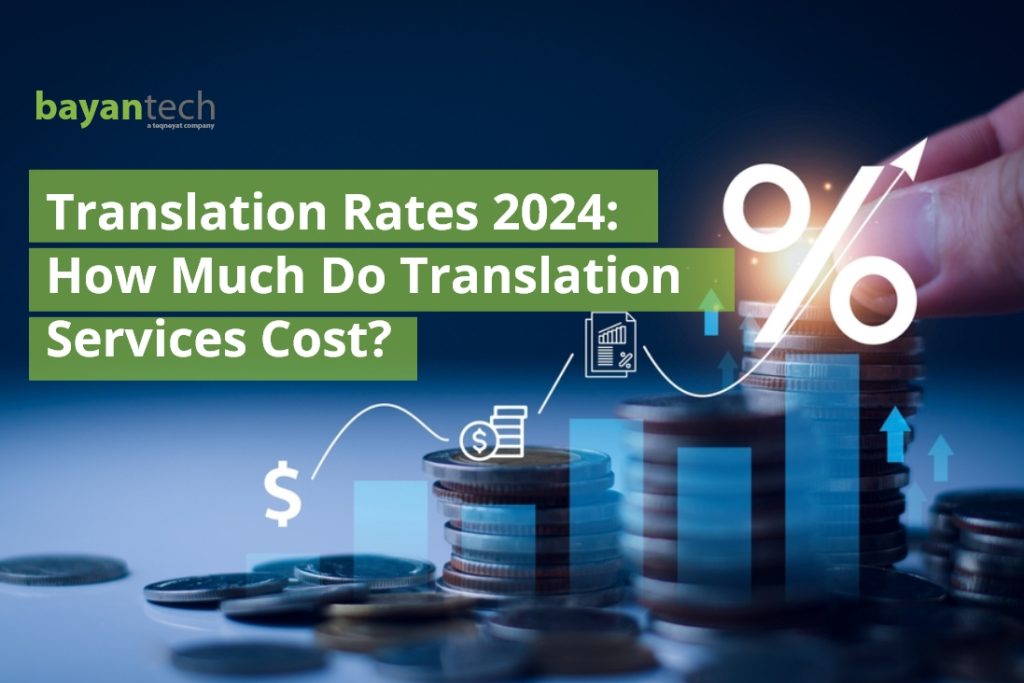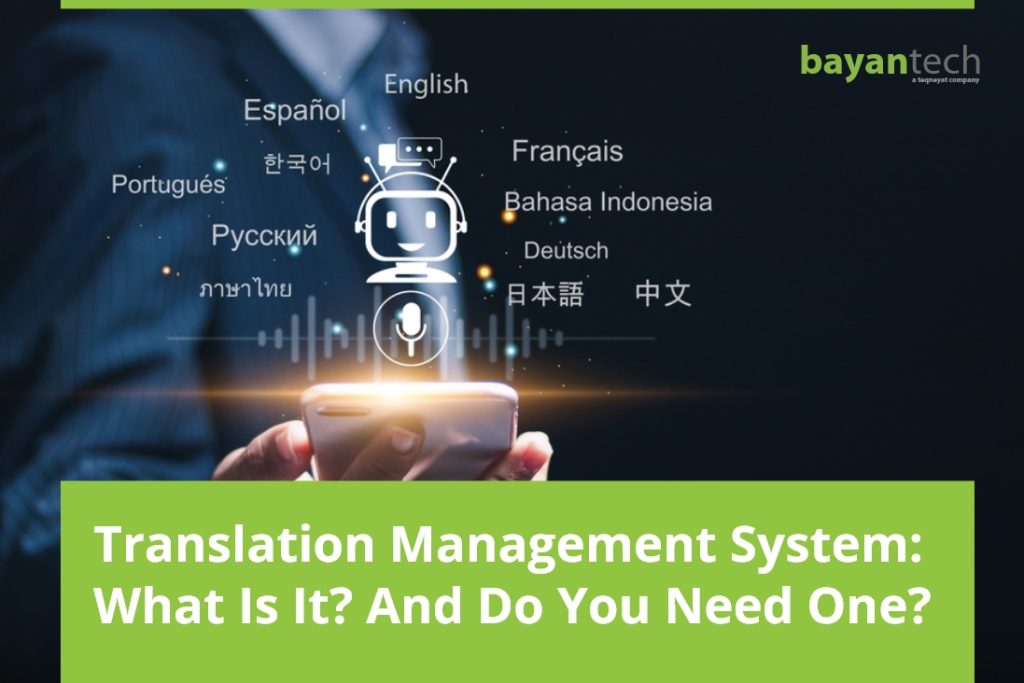When properly implemented, Machine Translation can help you save time and money. But what happens when the quality of the MT’s final output is deficient and doesn’t meet your minimum standards?
In the past decade, implementing MT has become a reliable and quick method to produce rough drafts for translations. Thanks to CAT tools that rely on translation memory (TM) databases and fuzzy match, nowadays it is more frequent for businesses and translators of all kinds to execute Machine Translation on their own, making their jobs a little bit easier, increasing productivity, and speeding up the translation process.
Nevertheless, after all the necessary upgrades and learning that Machine Translation has gone through over time, it’s still flawed. And this is where Machine Translation Post Editing enters the game. When the MT output is raw and contains linguistic errors, post machine editing becomes a priority. But MTPE translation is an arduous job that requires a lot of time and effort, especially when post-editing certain languages. This is why setting a universal price scale for post-editing projects is impossible.
In this post, we’ll dive into the different factors that affect Machine Translation Post Editing rates and why it is so difficult to set a pricing model.
How Does Machine Translation Post Editing Work?
It’s worth clarifying that MT is usually implemented to make an initial, quick, and raw version of a translation. Depending on the accuracy and precision of the machine-translated final project, the decision of hiring translation services will have to be made. Soon after that, a human translator will try to make up for deficiencies in the translation by filling in the cultural and linguistic gaps that MT left.
After reviewing the machine-translated text, the professional linguist, or post editor, will carry out a series of tasks that will help refine and humanize the machine translation. In this process, the editor must examine, correct, and edit the machine translation’s output following the client’s specifications to ensure maximum conceptual and technical accuracy in the MTPE project. During this editing process, the post-editor should also change the document’s tone, style, and sentence structure, making it sound more formal, informal, or technical, as needed by the client.
How Is MTPE Priced and Why Is It So Difficult to Calculate?
For most translators, overall pricing models can be set on a per-hour or per-source-text-word basis. A good example of this is a survey-based research on Machine Translation Post Editing carried out by Industrial Ph.D. Clara Ginovart Cid.
One of the numerous surveys in her research paper deals with the usual payment method for an MTPE project. Results show that out of a total of 56 respondents, 69.6% of them prefer to set a source word rate (pre‐analysis), while 16.1% would rather work with hourly rates. But these pricing models don’t take into account other aspects that will affect how an MTPE process unfolds. And thus, they paint an incomplete picture regarding Machine Translation Post Editing rates.
The way Machine Translation Post Editing is understood and executed varies according to the different degrees of post-editing that need to be done. There is no ideal way of setting a pricing model since MTPE depends mainly on the effort involved in the post-editing process. Moreover, during the MTPE process, the MT editor is in charge of various tasks.

Next is a shortlist of some of them:
- Correcting syntax and semantic errors.
- Adjusting the style and tone.
- Ensuring all key terminologies are accurate.
- Deleting any offensive or culturally inappropriate parts of the raw text.
- Humanizing the raw MT output.
So, why is it so difficult to measure Machine Translation Post Editing rates?
Simply explained, there is no single method to determine editing rates. Language Service Providers (LSPs) have to deal with a wide range of factors that can affect the final project’s timeline and cost. Thus, Machine Translation Post Editing rates are mostly determined by the quality of the machine-translated text and the expected quality standards for the final project.
Factors That Affect Machine Translation Post Editing Rates
Rates for Machine Translation Post Editing are mostly determined by the client’s goals, the quality of the source text, and the quality standards being implemented.
Depending on the quality of the source material, the translator will have to implement a combination of different methods and approaches to deliver a precise and accurate PEMT translation. There are two main approaches for a post-editing process: Light Post-Editing and Full Post-Editing. Whether the post-editor implements one or the other will significantly affect Machine Translation Post Editing rates.
Light Post-Editing
When the content of the raw machine translation output turns out to be of “good-enough quality”, it will only take a little fixing of blatant errors to get a factually accurate, high-quality output. The goal of light post-editing is improving naturality for the text to be comprehensible and publishable. When only light editing is needed, Machine Translation Post-Editing rates will likely depend on the time needed to complete the post-editing process, and the post-editing standards previously determined by the client and LSP.
Need help finding the Post Machine Editing service for you?
Get our client guide to machine translation post-editing rates and take your search to the next level.Full Post-Editing (Google Rates)
On the other hand, for a really poor MT output, a light post-editing would not be of use. If the content appears to be flooded with intelligibility errors, the editor will need to improve fluency, style, format, consistency, and contextual relevance. It requires an in-depth process and many linguistic changes for an initially poor MTPE project to get close to a high-quality human translation. And sometimes the MTPE editor will even have to re-translate the original text from scratch.
This approach is extremely common in these two settings:
- When the raw output comes from the implementation of outdated or low-cost MT engines.
- When the right amount of specific context hasn’t been provided to the MT, so the engine has to perform an automated translation, blind to context and with very little reference material.
As mentioned before, every translation project is different, and every project demands different resources, time and focus.
There are also other common factors that affect editing rates regardless of the approach implemented in the process.

Word Count
According to the American Translators Association, translators in the U.S. should be paid at least 12 cents per word. Of course, this is far from reality. The average translation editing rates can go as low as 0.05 and as high as 0.30, depending on other aspects like years of experience, agency, content, and specific language pair.
This is why a post-editing rate per word can be a little tricky to apply. Cost per source word might increase as the number of words goes up in the text, but, in some cases, Language Service Providers offer lower rates or discounts depending on high word counts. So, this will usually decrease price levels as the number of words increases.
Time Spent
Any worthy machine translation post-editing process should include:
- Reading and examining the source content.
- A side-by-side comparison between the source text and the output.
- Verifying the translation, improving the text, and in some cases re-translating segments of text – especially for contextual and cultural considerations.
- Conducting strict Quality Assurance (QA) checks.
Many factors can affect costs, especially the time it takes for the translation project to be done. And much of what happens with the translation editing rates per word can be applied to this case too. Hourly rates also depend on specific content, the language input, and the translator’s experience. According to PayScale, the average base hourly rate goes from a minimum of 11,07 US$ to a maximum of 38,77 US$ for translators in the US region. But these rates can vary when dealing with international companies.

Specific Content
The effort put into Machine Translation Post Editing might also vary according to the content type. Since highly specialized translations with specific terminology are still a challenge for MT technologies, different contents require other kinds of post-editing levels of expertise. For instance, MTPE for the legal and medical fields demands knowledge of specific terms that are unknown to regular translators outside these areas. Thus, it would require the assistance of medical or legal translators, being that there could be lives at risk.
Language Pairs and Machine Translation Software
Some languages managed by MT have a better quality than others, though this may also vary according to the engine of choice. If the original text requires a Machine Translation from a language pair that comes from major languages like English or Spanish, then the post-editing rates will be cheaper. But, since some languages, like African or Japanese, are yet to be polished in MT, it would require even more effort from the translation or editor, making the MTPE rate go higher.
Sign up to our newsletter to receive the latest blogs and news.
What Does the Future Hold for MTPE?
In the past decade, innovative technological advances have made it possible for people to communicate globally and almost instantly. There is no doubt this increased need for global communication is what helped translation businesses grow and reach different parts of the world. Of course, this rapid growth couldn’t be possible without the use of Computer-Assisted Translation tools.
On a different note, the importance of machine translation has grown exponentially thanks to the increasing advances in MT technology and especially Machine Learning. According to Google Translate’s blog, there were over 500 million total users as of 2016, and the famous engine was translating more than 100 billion words per day.
The numbers will probably rise in the forthcoming years since LSPs will not be able to face the linguistic future that is approaching without the aid of technology. As content volumes to translate and numbers of languages will increase, MT-driven technologies will help ease the workload. Nevertheless, as mentioned before, Machine Translation results today still have a long way to go before they start accurately reproducing the human touch.
It’s not a surprise that MTPE is currently booming in the translation field, as cheaper and faster translations are needed for businesses to streamline all kinds of processes. As stated by a study carried out by Grand View Research, Inc. the MTPE market size is expected to reach USD 983.3 million by 2022.
This is why the question of how to fix rate models that work for customers, LSPs, and interpreters alike, is presently more significant than any other time. If you ask us, in the near future it won’t be a matter of choosing between human translation vs machine translation anymore, but about finding clever ways of combining the advantages of both of them.

Get Outstanding MTPE Solutions at Scale
If you’re looking for a reliable translation company that will polish your MTPE project, delivering the most precise and essential linguistic improvements, according to the highest industry standards, your search is over.
At bayantech, we deliver the highest quality in linguistic services in over 100 different languages, including Middle Eastern and African languages, in addition to major Asian and European languages.
Backed by almost two decades of international industry experience, we’re the language partner of choice to leading companies.
Our MTPE services include precise and thorough editing and localization practices. And even if you have tight deadlines and a limited budget, we have what it takes to transform your raw MT output into a natural-sounding high-quality translation while delivering your requirements.
Click on a star to rate this post!
4.7 / 5. 7

